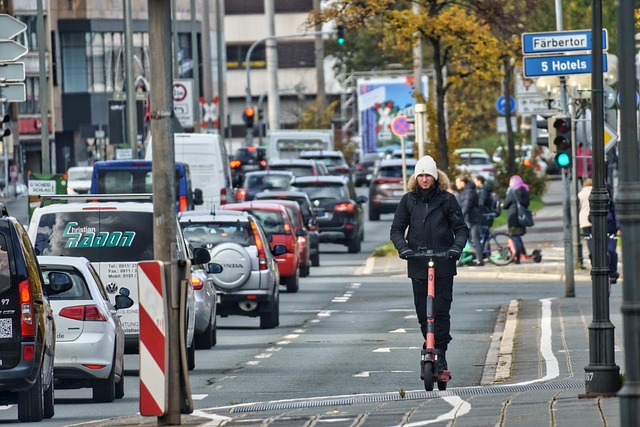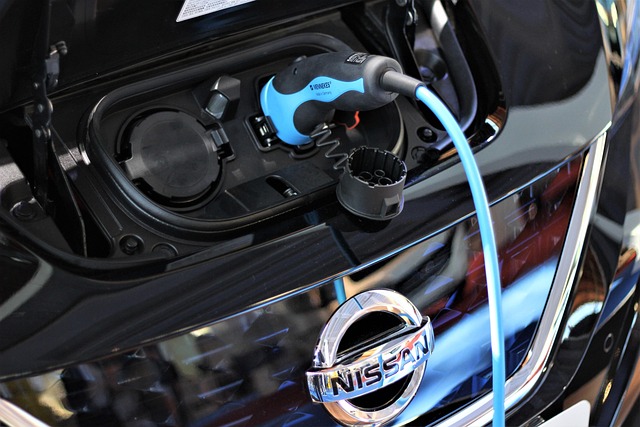In an era marked by rapid environmental changes and increasing urban mobility needs, the quest for a sustainable future has never felt more pressing. Renewable energy in transportation stands at the forefront of this transition, offering a beacon of hope for both urban and rural communities alike. As we embrace innovative solutions to combat climate change, the infrastructure we build today can lead to significant benefits in transport sustainability and rural development.
Transport sustainability is not just a buzzword; it’s a necessary paradigm shift that demands our immediate attention. The fossil fuel-dependent transportation model has been instrumental in driving economic growth, but it has also paved the way for significant environmental degradation. By shifting our focus towards renewable energy sources—such as solar, wind, and biodegradable fuels—we are not only reducing greenhouse gas emissions but also creating cleaner air and healthier communities. Electric vehicles (EVs), powered by renewable energy, are paving new roads toward reducing our carbon footprint, offering the promise of cleaner, quieter paths into the future.
However, the impact of renewable energy in transportation extends beyond urban boundaries, deeply influencing rural development. Many rural areas have historically been sidelined in discussions about transportation innovation due to limited resources and infrastructure. Yet, these communities stand to gain immensely from the adoption of renewable energy solutions. For instance, using wind or solar energy for charging stations can bring modern electric vehicles into remote areas, drastically reducing reliance on expensive and polluting fossil fuels.
Consider how these advancements could transform daily life in rural towns. Farmers can utilize electric agricultural vehicles powered by local renewable energy sources to transport goods to markets, reducing operational costs and enhancing profits. Communities can establish local solar charging stations, not only fostering independence from traditional energy suppliers but also creating jobs and stimulating local economies. The ripple effects could resonate far beyond transportation, improving overall quality of life and attracting new residents seeking a sustainable lifestyle.
Moreover, the push for renewable energy in transportation creates opportunities for educational initiatives and workforce development. As demand grows for skilled workers in the renewable energy sector, rural communities can seize the moment to cultivate talent and knowledge. By partnering with training programs and educational institutions, these areas can create a new generation of workers proficient in green technologies, thus fortifying their local economies.
The integration of renewable energy in transportation systems also encourages greater connectivity among rural areas. Enhanced access to clean transportation options can empower residents, enabling them to reach essential services, jobs, and education with greater ease. As more people opt for sustainable modes of transport, rural communities become not just isolated dots on the map but vibrant nodes of connectivity and opportunity. This holds the promise of rejuvenating rural centers, encouraging businesses to set up shop where people can live, work, and thrive.
Indeed, the conversation around renewable energy in transportation is more than an environmental issue; it’s a social and economic movement that stands to reshape our perception of mobility for generations to come. As we work collectively to drive change, it’s crucial that we recognize the interdependencies between transport sustainability and rural development. Through informed choices and robust policy frameworks, we can ensure that all communities—whether urban or rural—are included on this journey toward a greener future.



